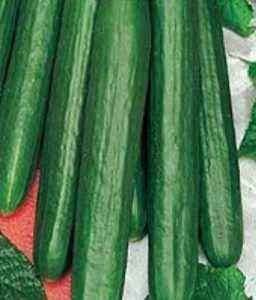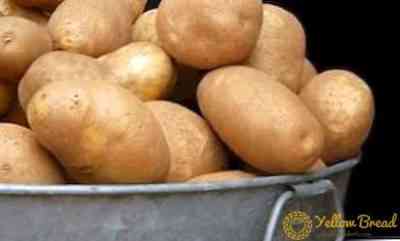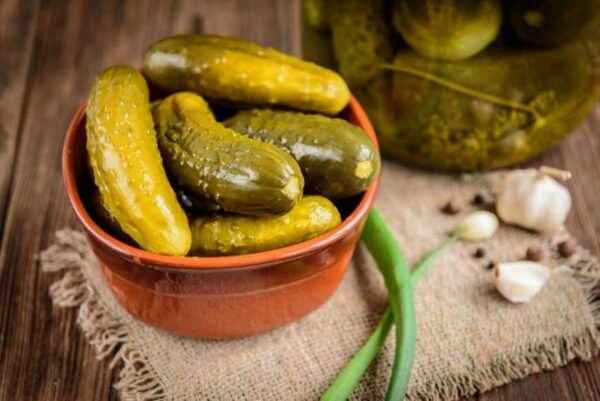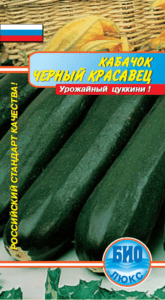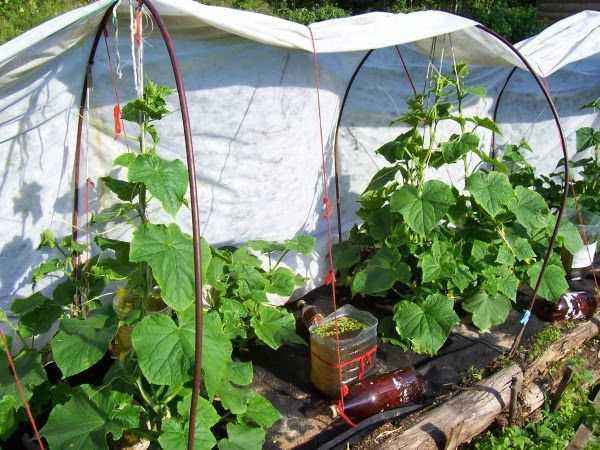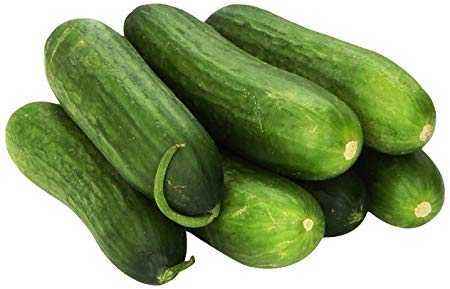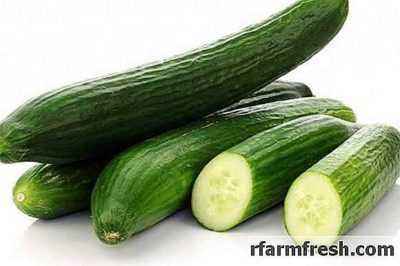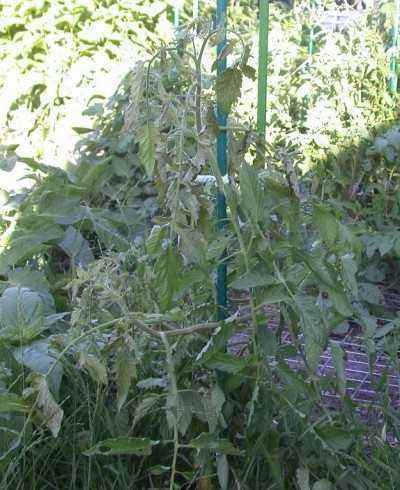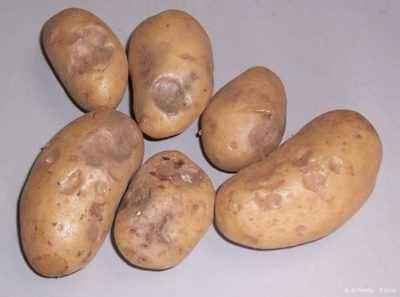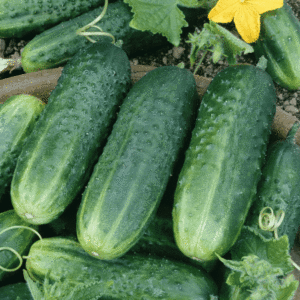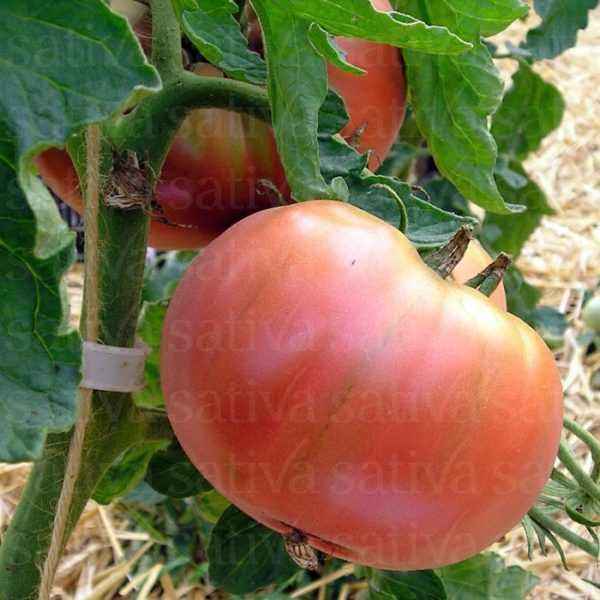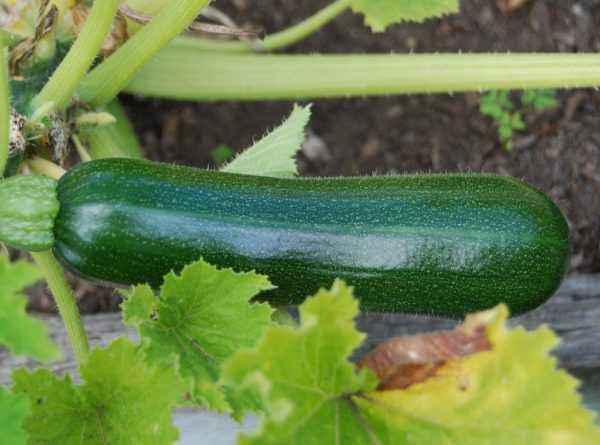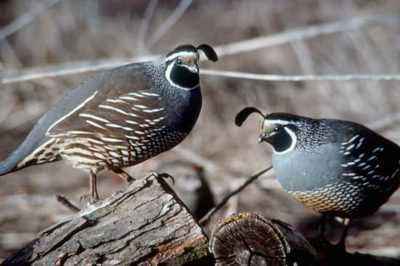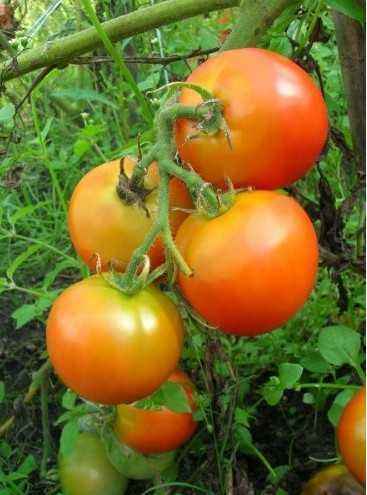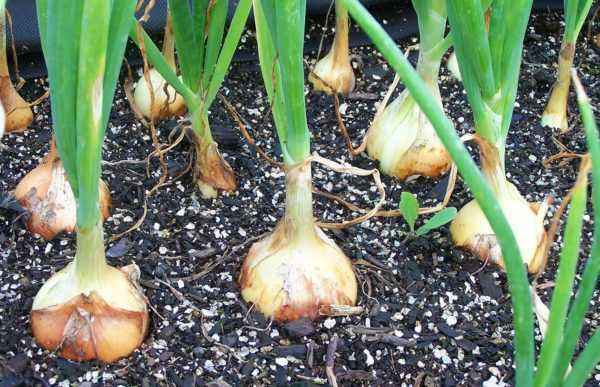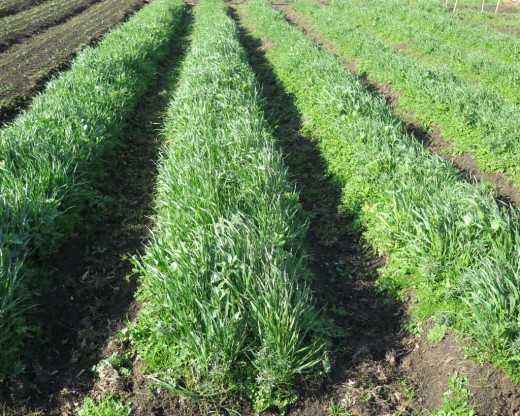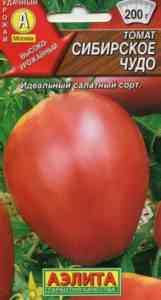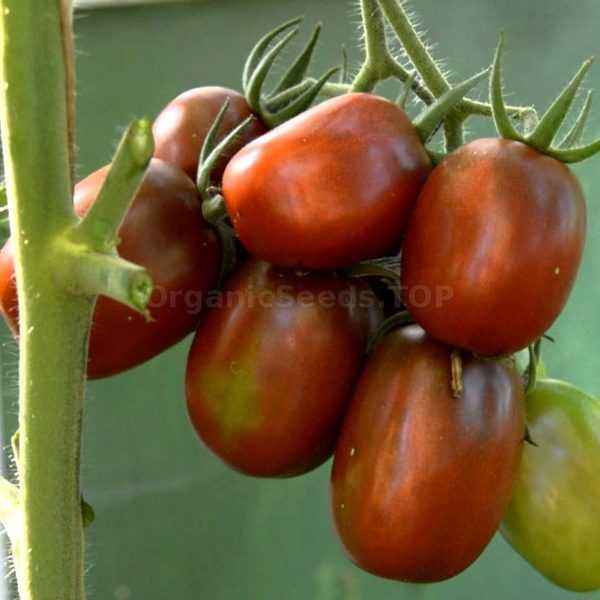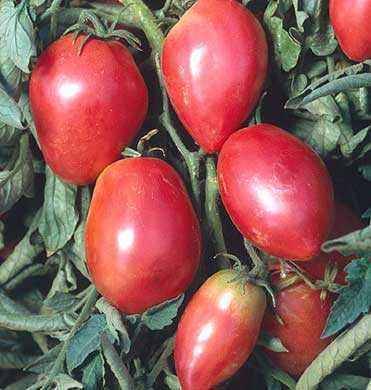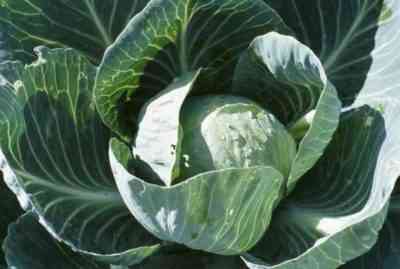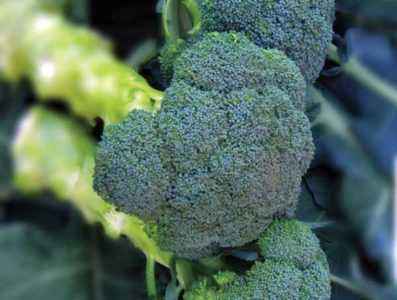Livestock is one of the most developed sectors of agriculture. In addition to meat, eggs and milk, breeders supply hides and furs for the textile industry. One of the most popular inhabitants of farms is sheep, among which the Soviet Merino occupies a special place. How did the breed appear and what are its features?
- Origin
- Appearance and features
- Productivity and breeding
- Maintenance and care

Soviet Merino
History of origin
Merinos are called sheep that give a valuable fleece, that is, are standard in terms of wool. Some of the first representatives lived in Spanish countries. the launch of the Soviet merino in southern Russia was a long : from 1925 to 1946
The first stage lasted from 1925 to 1930, the second – from 1930 to 1946. Initially, domestic individuals were crossed with different breeds of fine fleece sheep: the Mazaevsky and Novokavkazsky merinos and the American rambull. improved in terms of physique and wool productivity of the Caucasian, Stavropol, Grozny, Altai sheep and others.
Soviet merino sheep, depending on the type of productivity, are divided into wool and wool-meat. Among other things, there is the North Caucasus and Siberian offspring. The described individuals have a smaller skin reserve than sheep of other fine-fleeced breeds. In addition, there are many subspecies of different orientations in different breeding zones.The breeding factories specialize in several lines of breeding breeds and species.
In the second half of the 60s there was a significant increase in numbers: it grew 2.5 times. Sheep breed Soviet merino participates in breeding with coarse and fine fleece sheep with the aim of improving the appearance, increasing the percentage of profitable fur and reducing the tendency to perspire.
Merinos themselves receive the status of an improving breed due to their woolly productivity. To date, approximately 17.5 thousand individuals are officially registered, the main part of which are the uterus.
Appearance and features
The Soviet merino lives in the steppe lowlands of the Caucasus and the Urals , Volga region. This breed is greatly appreciated by the breeders of Dagestan. Pets spend most of their time walking. They like to walk in herds.
The breed is the most common in our area among fine-fleece.
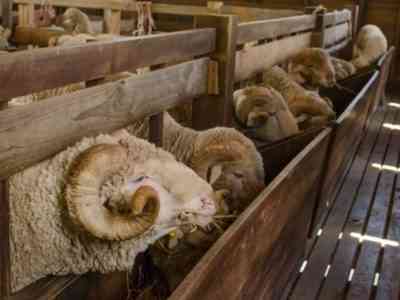
Appearance of the Soviet merino
What are the signs that distinguish the Soviet gelding from relatives?
- strong physique, powerful muscles;
- the correct structure of the trunk and limbs;
- the presence of 1 or 2 transverse folds on the neck as a sign of a breeding sheep;
- developed bent horns in males;
- fleece white hair in the area of the head and legs;
- thick long hair (almost 9 cm) with curls, soft to the touch, covering the whole body up to the eyes, over the years, gets longer;
- sometimes there are bald patches in the back area.
Sheep Soviet merino is quite recognizable. Due to the thick woolen coating, individuals resemble a large barrel. Six of the majority of the representatives of the white color, sometimes there are beige, ashen, yellowish or gray sheep. Tonina 65-70 class. The disadvantage of luxury merino fur is its rapid pollution and the formation of warlocks. The ram-manufacturer should have long hair all over the body, and not just in the side parts. The value of such “fragmentary” wool is much lower. For the meat-wool type, a certain plane of the body and a longitudinal fold at the bottom of the neck are characteristic. Due to their angularity, woolly animals fatten rather heavily.
Rare individuals have a sagging back, a narrow pelvis and crooked legs.
Sheep-and-wool sheep are larger in size than their counterparts . But the directions may change, depending on the quality of feeding and caring for the ram.In appropriate conditions, a wool ram can turn into a woolly meat sheep and vice versa. The density of the fibers is also associated with the grooming factor.
Productivity and breeding
Females weigh 50 kg on average, males weigh about 112 kg. The mass is gaining quickly – heredity from the Caucasian fine-wool and coarse-haired. Thanks to crossing with meat and wool breeds, the Soviet gelding increased its weight indicators. The meat yield is 45% of live weight, wool – 43%, i.e. 6 kg per female and 11-12 kg per ram, 17 kg of pure fiber is produced by a woolly ram producer. Their fat is deposited mostly on the kidneys and intestines. The wealth of the nastriga is associated with the amount of skin in the individual and their constitution. Maximum wool can be collected from a 3-year-old queen and a 4-year-old ram. But on the 8th year of life, the net percentage begins to decline.
Sheep with a fertility level of 140% can produce up to 150 lambs per 100 females. A highly developed maternal instinct in the female was noted. Lambs are born with abundant wool in the area of the trunk and legs.
Character are friendly, playful. The breed is considered quite profitable, since it does not require large expenses for its maintenance, but at the same time brings a good income due to the rich harvest of valuable wool. That is why Soviet merinos are so popular among breeders. If you are interested in a real Soviet merino, its characteristics will help you make the right choice.
Maintenance and care
The bulk of the diet of the unpretentious Soviet merino is feed and fresh grass. Willingly pinch pasture in the meadows. For normal development, it needs mineral supplements and vitamins: you can add oats and a little barley, bran, bean flour, vegetables to food. An adult eats about 2 kg of hay per day. In winter, sheep should be allowed to chew on birch, linden or acacia branches.
Animals can tolerate winter well and all thanks to their coat. Merino can quite doze off right in the snow and not freeze, therefore grazing is allowed in any weather except rain and snow: wet hair is more vulnerable to parasites. But sunbathing is considered the best panacea for skin insects. This pasture sheep ram badly tolerates a long stay in the stall. The pen must be dry and clean, so you should regularly air the room and wet it.
Soviet merino is an excellent option for breeding in order to obtain high-quality wool. The reviews of the breeders show that the cultivation of the Soviet merino is a profitable business. Costs invested in production are quickly covered by significant profits.
